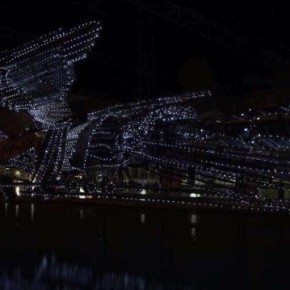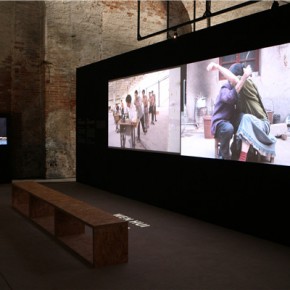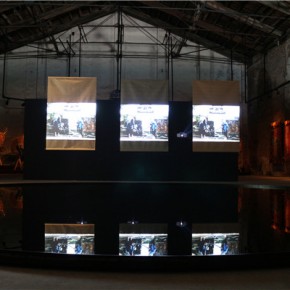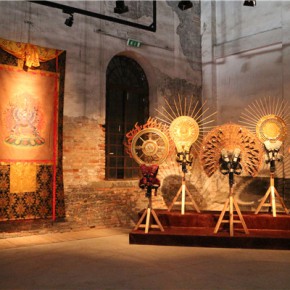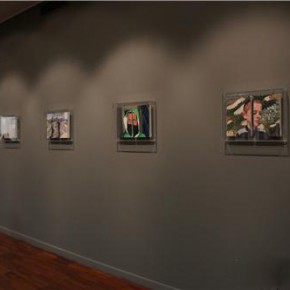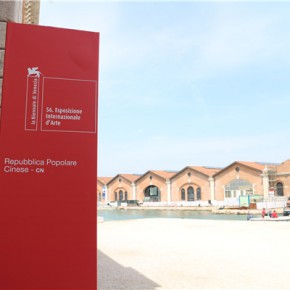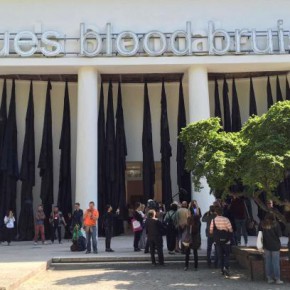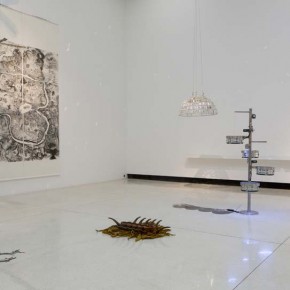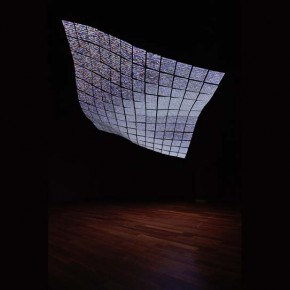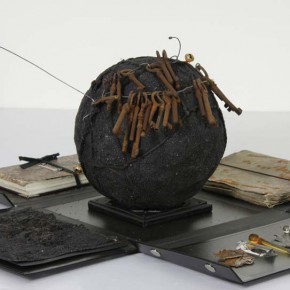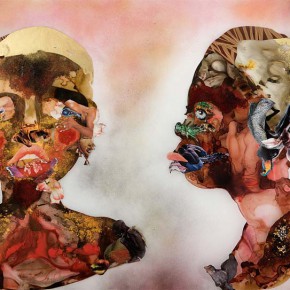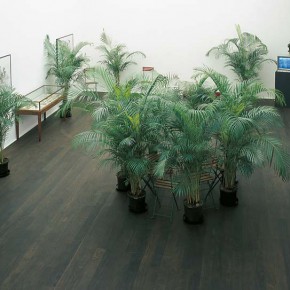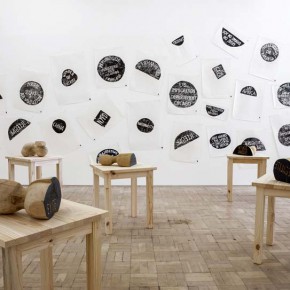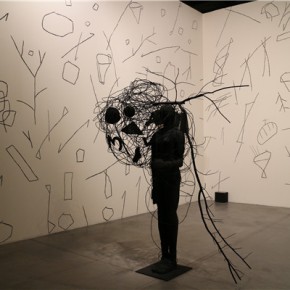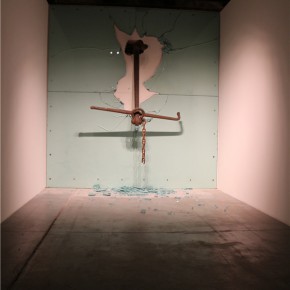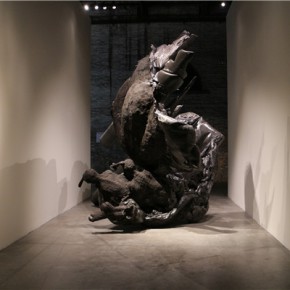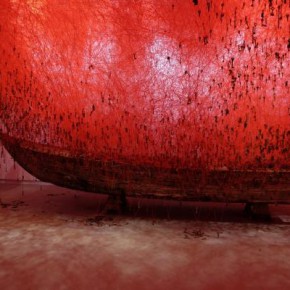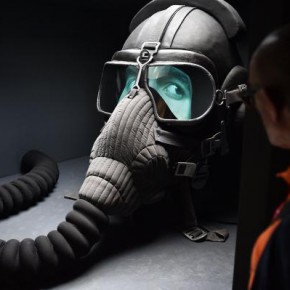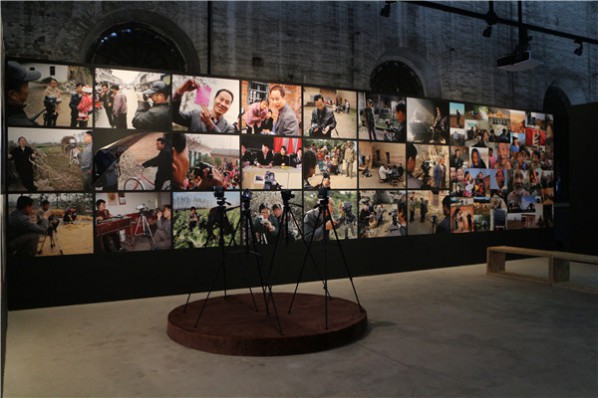
On May 9, 2015, the 56th Venice Biennale was officially unveiled and opened to the public. The biennale is mainly composed of three parts: Special Presentations which are personally planned and hosted by the Chief Curator who is appointed by the organizing committee, National Participants, where each nation organizes and presents their recommended artists, who are admitted by the organizerand Collateral Events, which are organized by various art institutions.
Xu Bing, Qiu Zhijie, Ji Dachun, Cao Fei Showcasing Their Works in the Special Presentations
Nigerian-born Okwui Enwezor serves as the chief curator of the Special Presentations for the Biennale, taking “All the World’s Futures” as the theme, to focus on Post-Modern Capitalism. It invites 136 artists from 53 countries and regions around the world to attend the Special Presentations, 89 artists attend the exhibition for the first time, in addition, 4 artists from China including Xu Bing, Qiu Zhijie, Ji Dachun, and Cao Fei also present their works in the Special Presentations.
Xu Bing brings a new large-scale sculpture entitled the “Phoenix Project 2015”, finished using construction and industrial waste materials from Beijing, which is the upgraded version of the “Phoenix Project 2008”, and the biggest single work in the history of the Venice Biennale. The Chief Curator Okwui Enwezor said the“Phoenix Project” was the microcosm of China’s situation, and corresponds to the situation in the contemporary world. Qiu Zhijie’s work “Lantern Festival”, where Qiu Zhijie considers the ancient painting “Lantern Festival” in the Ming Dynasty as the assumed “script”, using lanterns, goldfish bowls, cradles, scales, mesh bagsand other mediums to create a theatre for a historical scene in the painting, interpreting the figures, roles, social relationships and historical elements, showing a circular historical sense. In addition, it presents Cao Fei’s video work “La Town” which was created in 2014, as well as the model of “La Town”, Ji Dachun’s recent 8 painting creations which were the “combination of the way and intention of traditional Chinese painting” as stated by Okwui Enwezor at the press conference of the Venice Biennale in Shanghai.
The China Pavilion Reveals “Civil Future” in Response to the Theme
At 15:00 on May 7, the China Pavilion at the 56th Venice Biennale announced the “Civil Future” unveiled, and it takes “Civil Future” in response to the main theme of “All the World's Futures” initiated by Okwui Enwezor, curator of the 2015 biennale.
The Chinese Pavilion invites three artists rooted in folk art and two art platforms to participate in the exhibition, the cross-border combination does not only present a cultural diversity in the contents of the exhibition , it also injects more vitality and potential into the “narrative” of the exhibition space. The world-class musician Tan Dun combined folk intangible culture into the creation of “Live in the Future” “Woman Book” series (performance, video, visual), the humanistic architect Liu Jiakun’s installation “Gone with the Wind 2015 Chosen by You”, new media artist Lu Yang applied Buddhist culture and contemporary medium into the creation of the art installation and video, Wen Hui’s “Living Dance Studio”, Wu Wenguang and Caochangdi Workstation’s “Villagers’ Video Plan”, etc., behind the works with seemingly diverse academic backgrounds and the diversified narrative languages, they inherited the classical and traditional and learnt from the civil wisdom. It is a positive portrayal of the present reality, rendering the level and ideological content of Chinese contemporary art.
In addition to the highlighted Special Presentations and China Pavilion, Collateral Events also offer all the independent artists, curators and art lovers a multivariate platform and perspective, presenting a variety of great exhibitions such as Sean Scully’s exhibition, LEARN FROM MASTERS, Liu Xiaodong’s solo exhibition in Venice.
Edited by CAFA ART INFO, translated by Chen Peihua and edited by Sue/CAFA ART INFO


